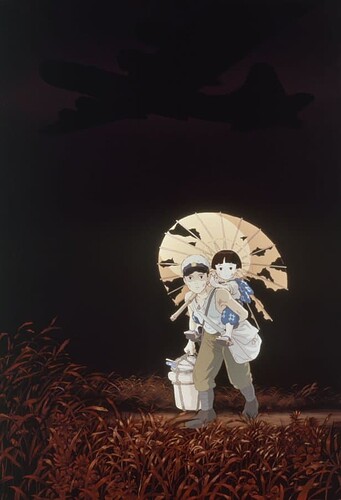Peter Tscherkassky - Man without a movie camera
Summary
Peter Tscherkassky is an Austrian avant-garde filmmaker who primarily works with found footage. (Before the term “found footage” became associated with fake horror documentaries, it referred to film footage which was taken from its original context and generally used for an entirely new purpose.)
For the most part, he works without a camera, creating his films with pre-existing footage filmed by others which he manipulates in various fashions and then prints with an optical printer, often collaging half a dozen layers in a single frame. He, thus far, refuses to use digital technology to make his films.
With the exception of Shot - Countershot, these films contain a fair amount of strobing, so not for the seizure prone.
Shot - Countershot (1987)
Summary
This short constitutes an early attempt at combining two shots in one. In a manner of speaking. Here, the original 22-second film is contained within the trailer for the 2020 RECYCLED CINEMA found footage film festival.
Manufraktur (1985)
#UbuWeb Film & Video: Peter Tscherkassky - Manufraktur (1985)
Summary
Tscherkassky manipulates a car commercial causing its images and sounds to stutter, invert, distort, explode outwards and then loop back to their starting point. The title refers to Tscherkassky’s process, where he fractures images and narratives and then manufactures from the fragments a new experience for the viewer. The film may be taken as a critique of the original ad (and the society from which it sprang) and/or a distillation of it to its essence.
L’Arrivée (1997/1998)
Summary
The first film in Tscherkassky’s CinemaScope Trilogy, to be followed by Outer Space and Dream Work, L’Arrivée is an homage to the Lumière brothers’ L’arrivée d’un train en gare de La Ciotat (1896), one of the most heralded films of the 1890s. From the margin of the white but dirt-speckled screen, a strip of film edges into view, resolves into a train, is met by its double arriving from the opposite margin, a crash ensues, optical soundtracks and film perforations fly across the screen, until everything stabilizes as Catherine Deneuve disembarks to be smooched by Omar Sharif. From structural to spectacle in two minutes.
Outer Space (1999)
Summary
Largely due to its inclusion in the experimental horror DVD collection Experiments in Terror, this is undoubtedly Tscherkassky’s best known work. Footage from The Entity (Sidney J. Furie 1982), wherein a woman (Barbara Hershey) is attacked by an invisible being, is manipulated so that her attacker could be interpreted as the filmmaker, the film itself, or even the viewer. The Outer Space of the title refers to the space outside the projected portion of the film strip, seemingly a place not to be taken lightly. An outstanding (and intense) reimagining.
Dream Work (2001)
Summary
Once again drawing from The Entity, a woman (Barbara Hershey) goes to sleep and enters a dream state. In the feature film, the psychiatrists treating Barbara Hershey’s character attempted to diagnose her along Freudian lines. Here, Tscherkassky follows suit, duplicating the “central mechanism by which dreams produce meaning,” by “displacing” the footage from its original context and “condensing” it through multiple overlapping exposures. Equally as remarkable as its predecessor Outer Space, but more surreal and quite a bit calmer.








